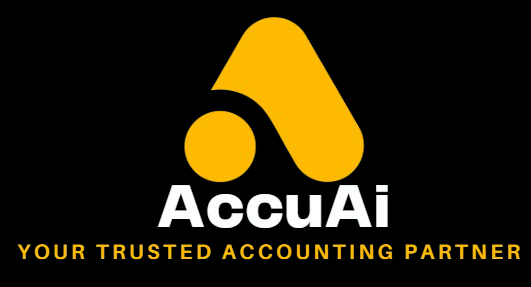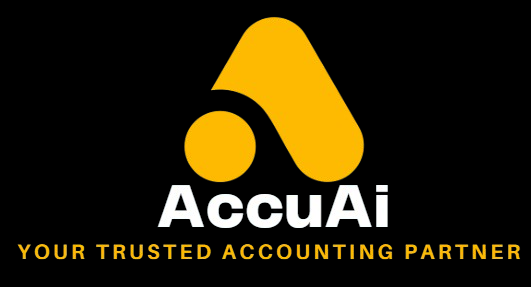
As a solopreneur in 2025, you’re likely feeling the squeeze. Inflation, rising interest rates, and market uncertainty are making it harder to maintain a steady cash flow. Clients are paying later—or not at all—and the pressure to juggle everything without slipping is real.
A recent U.S. Bank study found that 60% of solopreneurs miss out on $5,000+ in annual savings due to poor financial tracking. Meanwhile, 70% of freelancers dip into personal savings because they mix personal and business funds (FreshBooks, 2025). At AccuAi, we work closely with solopreneurs and see these challenges firsthand. Here are five common cash flow problems—and smart, practical fixes to help you stay afloat.
1. Late Client Payments
In a downturn, clients often delay payments, stretching 30-day terms into 60 or more. If you’re counting on a $2,000 payment to cover essentials like rent or groceries, even a short delay can force tough decisions.
Solutions: Invoice as soon as work is completed and set clear payment terms (e.g., Net 15) in your contracts. Send a friendly reminder three days before the due date, and follow up immediately if the payment is late. You can even offer a 2% discount for early payments to encourage faster turnaround.
2. Unpredictable Income
Solopreneurs often face major income swings. One month might bring in $8,000, and the next, just $2,000. This volatility makes it hard to plan and often leads to overspending in good months.
Solutions: Average your income from the past six months and set that as your baseline monthly budget. Save any surplus in a dedicated cash reserve account. Aim to build 3 months’ worth of expenses as a cushion (e.g., if your average expenses are $4,000/month, target a $12,000 reserve).
3. Rising Expenses
Inflation has increased costs across the board—from software subscriptions to everyday expenses like coffee or coworking spaces. These creeping costs can quietly erode your profit margin.
Solutions: Conduct a quarterly expense review. Cancel or downgrade tools you don’t use regularly. Renegotiate with vendors or look for cheaper alternatives. For instance, switching to annual billing or bundling services can save you hundreds over the year. Ask: Does this cost directly support revenue or client outcomes? If not, consider cutting it.
4. Mixed Finances
Blending personal and business funds leads to confusion and potential tax issues. If you’re using one card for everything, it’s easy to accidentally spend business funds on personal needs, risking your ability to cover business essentials.
Solutions: Open a separate business bank account, even if you’re a sole proprietor. Many banks offer free options. Treat your business like a client: transfer a fixed monthly “owner’s draw” to your personal account. This not only creates clarity but also makes tax filing much easier.
5. No Forecasting or Planning
Most solopreneurs don’t forecast cash flow. So when a client cancels a $5,000 project or an unexpected expense pops up, it creates a scramble for funds, often leading to debt or missed bills.
Solutions: Set up a simple 90-day cash flow forecast. Use a spreadsheet to track expected income and fixed expenses over the next three months. Update it weekly with actuals. If you see a shortfall ahead, you’ll have time to launch a promotion, chase old invoices, or scale back expenses.
Take Back Control of Your Finances
By being proactive—sending timely invoices, setting a realistic budget, reviewing expenses, separating finances, and forecasting ahead—you can weather the economic storm and come out stronger.
But if all this sounds overwhelming, that’s where AccuAi can help. We offer accounting support built for solopreneurs. From cash flow planning to QuickBooks consulting, we help you get organized, stay compliant, and grow sustainably.
Don’t let cash flow crises derail your business. Book your free consultation with AccuAi today and take the first step toward financial clarity.

